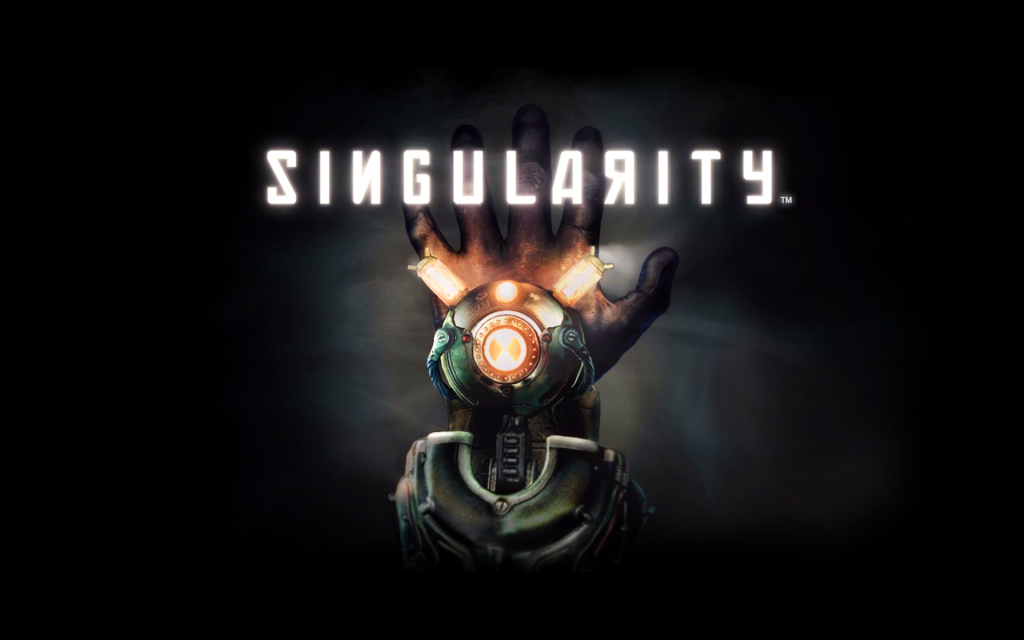Since last few weeks I am focusing on collaborative unit project, I didn’t spend much time on advanced course’s projects. I just did a research before and find something that I would like to dig deeper in my project.
Project 01
For project one, I’m thinking about doing a project which is combined with facial rigging and facial animation. As an animator, I think learning the relationship of rigging and animation is quite important. What’s more, I have great interest in facial animation, espicially CGI style character facial animation, which is more cinematic. Also, I have a foundation of character rigging and facial rigging. Therefore, I want to improve both of these techniques in this project and strengthen my understanding of animation pipeline. My FMP project and thesis will also be related to this topic so I think this project can be considered as a beginning of my FMP, and I will be more confident in my thesis and practice after finishing this project.


What I would like a achieve:
A facial animation or a performance animation(still focusing on facial) which lasts about 20-30 seconds based on references made by myself (the audio clip may come from films). The animation may focus on two aspects: Lip-sync animation and emotional animation. No rendering.
A 10-20s rigging demo which introduces the rigging process.
The total work will be a 30-50s video which combines both elements that I mentioned above.
What I need to prepare:
The project requires more rigging and facial animation techniques which will be used to solve problems that I may meet during the process. I also need to do a research on CGI facial animation (film&games), advanced facial rigging and the industry pipeline.
Time schedule:
2 weeks for research and learning, 3-7days for rigging, 2-3 weeks for animation.
Project 02:
I haven’t decide what to do in the second project yet. Recently I would like to make something based on VFX. I may focusing on smoke&explosion and liquid solvers in Houdini and try to make some cinematic VFX. Recently I have a foundation of Houdini SOP, VEX and several solvers, but I want to dig deeper into simulation area. Since the Houdini viewport render quality is good enough, I don’t need to spend much time on rendering but the simulation, which can save pretty much time.
Recent problem is that I am not sure whether this topic is suitable for this course and I haven’t make a detailed plan for this topic. I may discuss this topic with my tutor next week.
